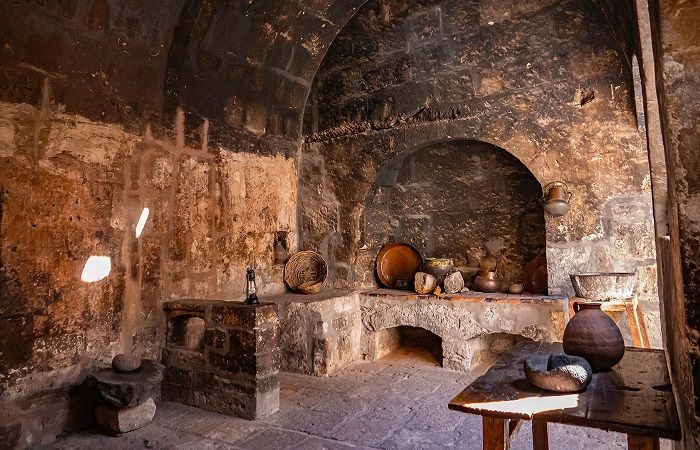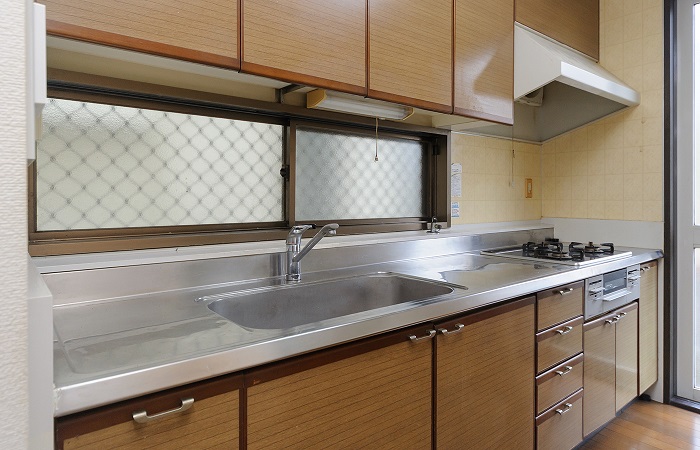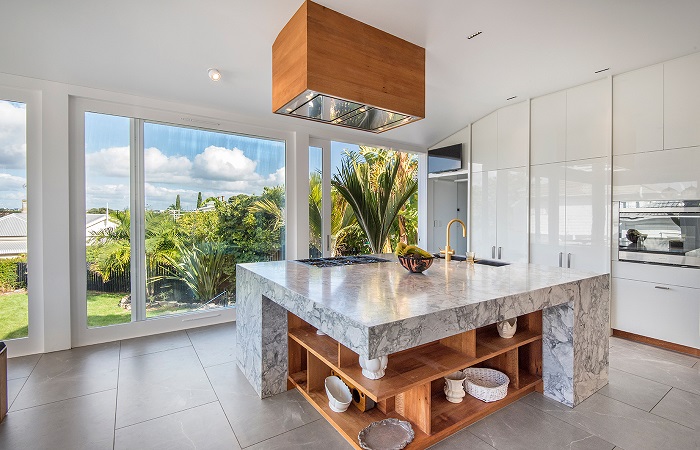Tracing the history of the rangehood revolution
Over the last century, Australian kitchens have transformed from basic workspaces into multifunctional hubs of family life. Driven by technological advancements, evolving home designs and shifting lifestyles, today’s kitchens have shed their dark, musty, back-of-house origins to become vibrant centrepieces of the home.

The concept of kitchen ventilation has been around since civilization started cooking in dedicated spaces. Early methods relied on chimneys and vents to direct smoke away from living areas.

Throughout the Middle Ages and into the Industrial Revolution, most homes also relied on natural airflow and basic duct systems to channel cooking fumes away.
20th century
Mechanically-assisted ventilation emerged after the second Industrial Revolution alongside coal-powered stoves. Whilst these stoves unleashed unprecedented culinary convenience, they also released offensive amounts of smoke and odours indoors that needed mitigation.

The earliest rangehoods featured a wooden or metal canopy above the cooktop, with fans or blowers incorporated into them to draw smoke and fumes up the chimney or duct to the outdoors.
In 1926, Theodore R.N Gerdes filed a patent for a vent hood that incorporated ‘a fan to capture cooking fumes’. Lloyd W. Ray followed up two years later with a patent for a stove hood that could ‘separate grease from the vapours as well as to carry oil hot air’.
Post World War II, the surge in housing development was matched by consumer demand for electrical appliances that enhanced indoor hygiene and comfort. American companies such as Broan-NuTone LLC and Vent-A-Hood introduced many of the design elements still found in rangehood models today.
By the 1960s, rangehoods had become a staple in many homes.

As suburban living took hold in Australia, kitchens rapidly also became social hubs of homes. Rangehoods transitioned from functional necessities to design statements, with manufacturers now also emphasising cleaner lines and aesthetics. Improved motors, filtration systems and built-in lighting made rangehoods essential in contemporary kitchens.
However, traditional models still often produced considerable noise, disrupting the harmony of open-plan living spaces.
21st century
The early 21st century saw significant advancements in rangehood technology for improved noise mitigation, installation flexibility, user-convenience and energy-efficiency.
Enter the age of choice with undermount, wallmount, ceiling cassettes, island and BBQ alfresco rangehoods – finished in a broader range of materials and designed to complement any kitchen design and layout.

These rangehoods are equipped with energy-efficient BAL40-certified offboard motors to offer silent air extraction in increasingly multipurpose open-plan homes, plus high-performance safer ducting, advanced filtration systems and convenient user features such as touch-sensitive controls, variable speed controls, remote control operation, automatic sensors, energy-efficient LED lighting and auto-shutoff timers.
Impact of the pandemic

The Covid-19 pandemic rocketed market awareness, appreciation and demand for silent rangehoods like never before. Impacted with home isolation in increasingly sealed homes, homeowners were hit with the gravity of health risks associated with poor indoor air quality and the impact of noise pollution at home.
The explosive demand for safer, healthier rangehoods cemented the UM1170-9S’ status as Australia’s top- selling silent rangehood.

In response to changing construction standards and consumer purchasing habits, leading rangehood manufacturers such as Schweigen are prioritising sustainable manufacturing practices, home automation integration and energy-efficiency, especially under the latest guidelines of the Nationwide House Energy Rating Scheme.
Future forward
The evolution of rangehoods reflects a journey from necessity to sophistication, from function to stylish form. As kitchens continue to change, Schweigen remains committed to developing innovative ventilation solutions that enhance living spaces - making them healthier, safer and more comfortable for modern Australian lifestyles.

